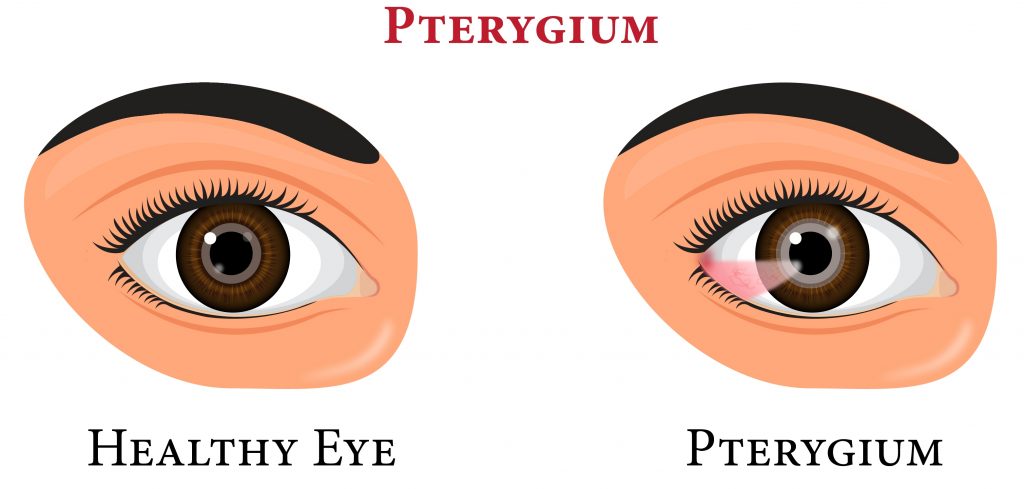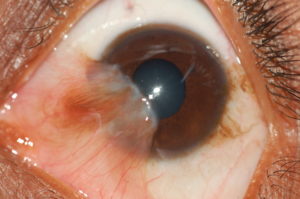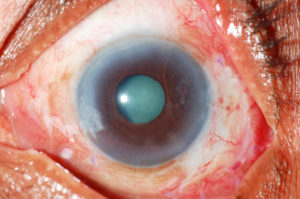Can pterygium be corrected with medication?
No. Surgery to remove the pterygium is the only treatment.
How many days will I have to stay in the hospital after the surgery?
Only 1 day.
Will the pterygium grow back after the surgery?
At Aravind, we do a special surgery using something called “conjunctival autograft”. In this procedure, there is a very low chance that it will grow back.
How many days will I have to apply medication after surgery?
For 3 weeks
When do I have to come for a follow-up?
After 3 weeks.
Will I have full vision after the surgery?
Pterygium removal surgery is not used to improve vision. It can only prevent the vision loss that would result if the pterygium covered the pupil.



